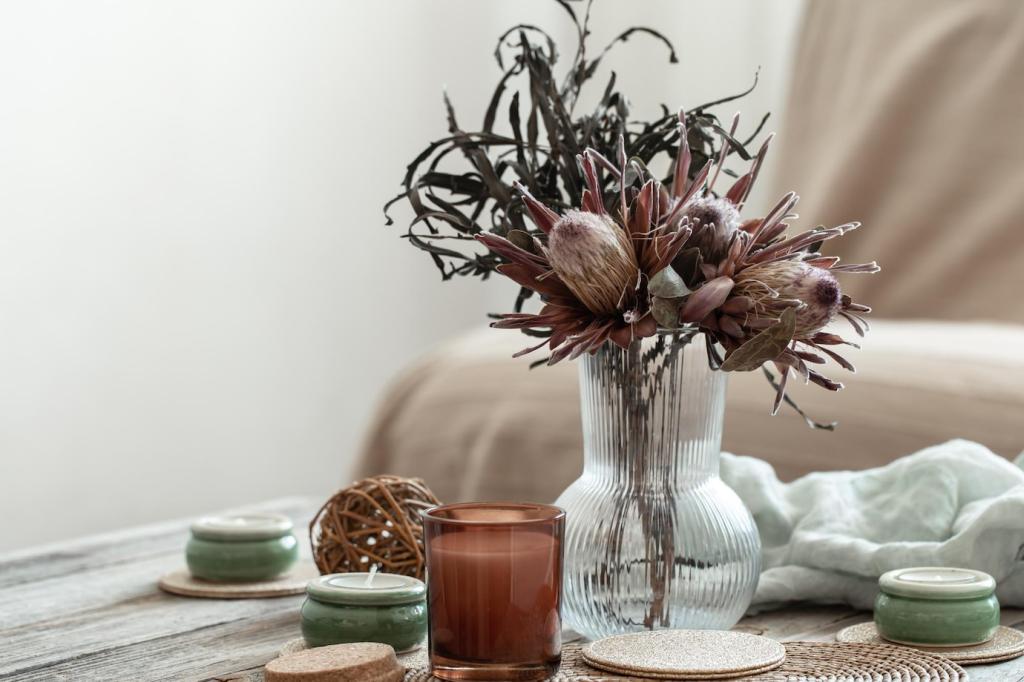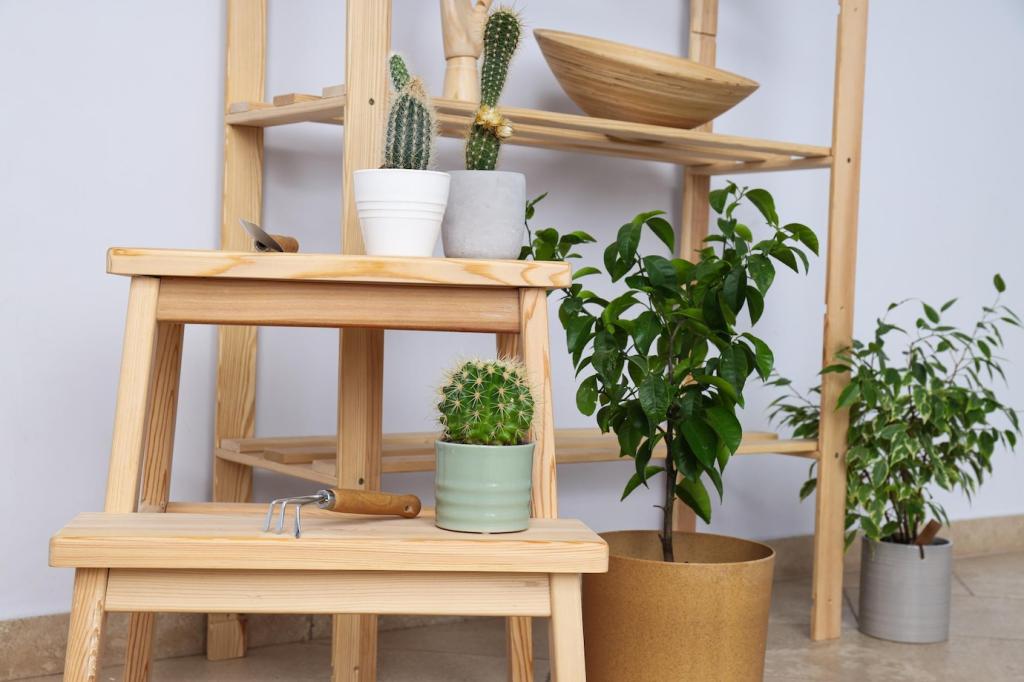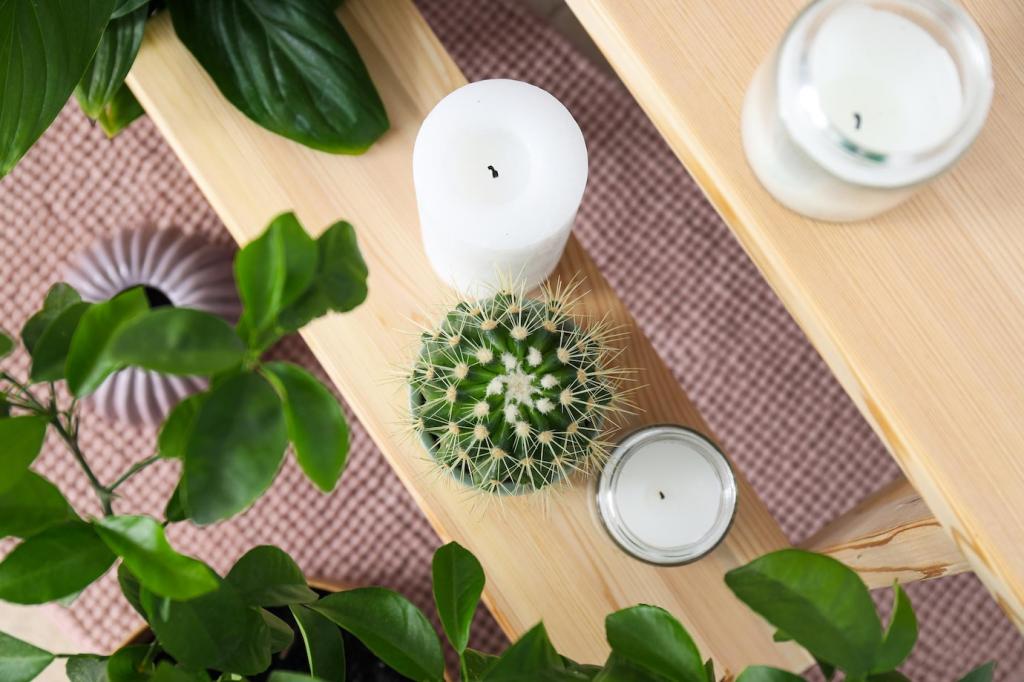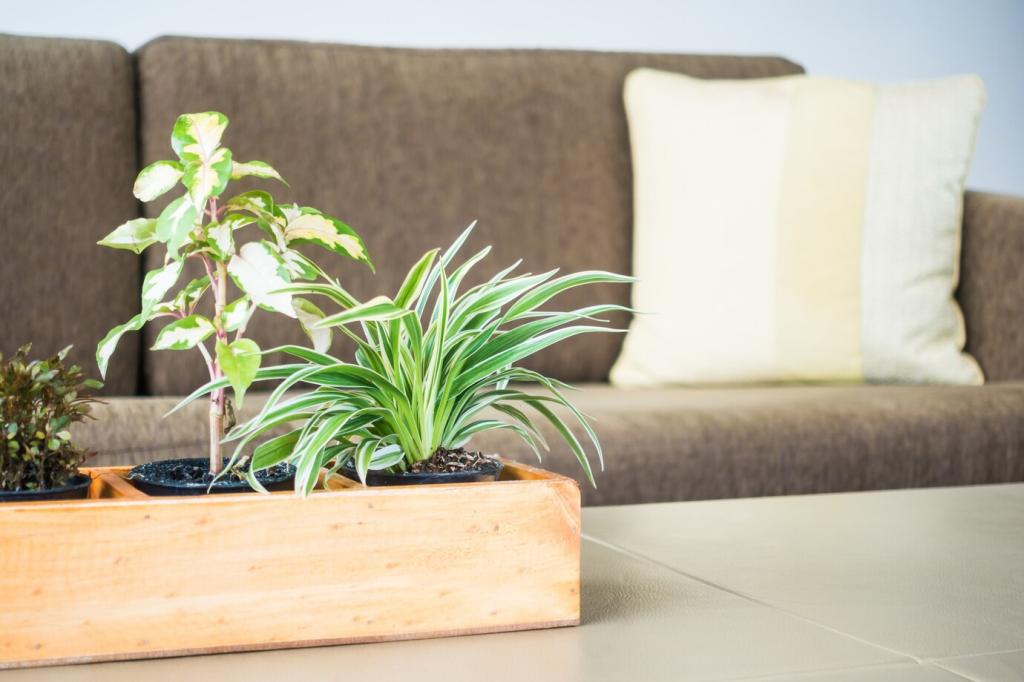Why Materials Matter: Beauty, Health, and Impact
Beyond energy bills lies embodied carbon—the emissions from extraction, manufacturing, and transport. Opting for reclaimed wood, recycled metals, or bio-based surfaces lowers that hidden impact and tells a more responsible design story.
Why Materials Matter: Beauty, Health, and Impact
Paints, sealants, and composite woods often off-gas VOCs. Choose low- or zero-VOC finishes and formaldehyde-free substrates to create healthier rooms where children, pets, and plants thrive every single day.








